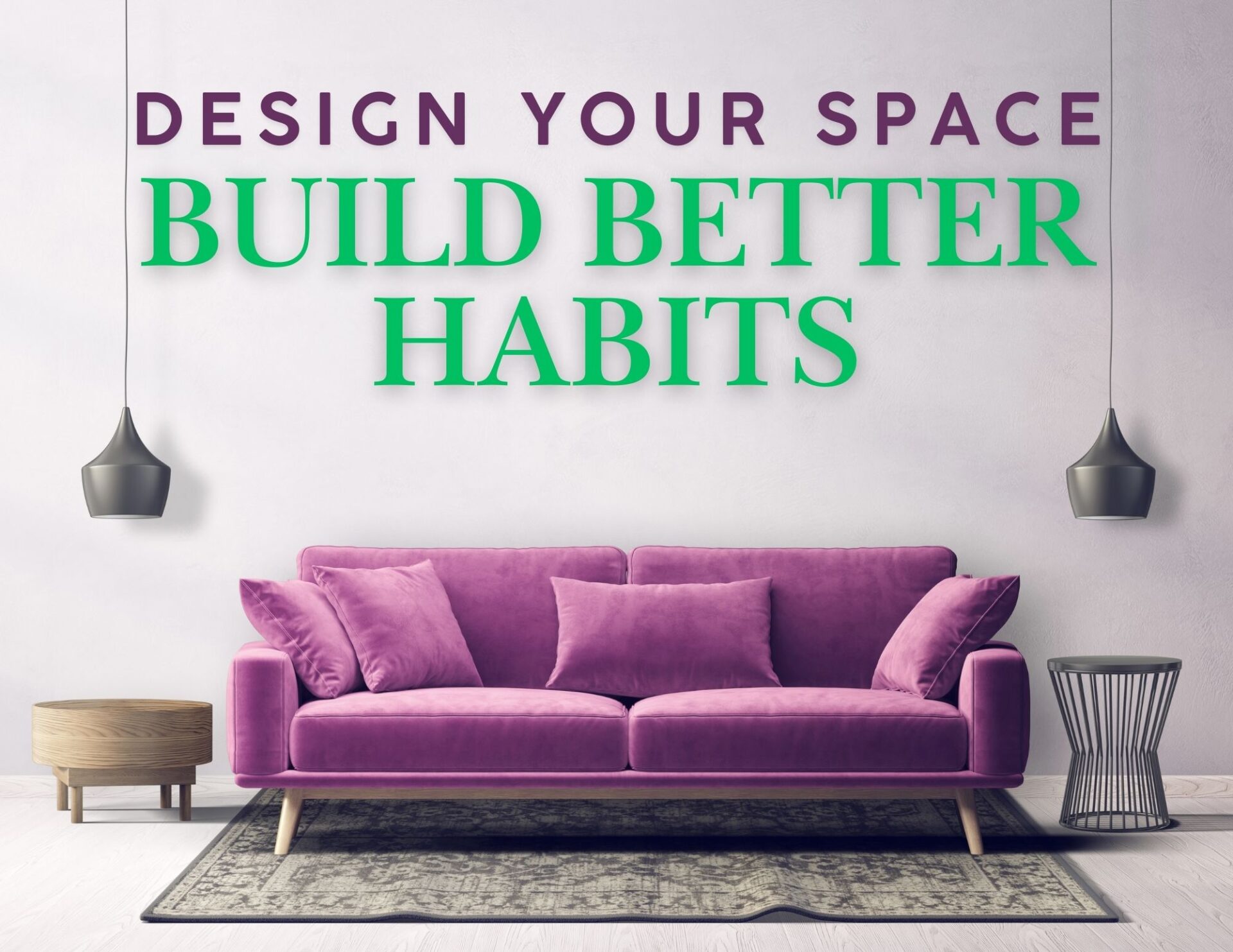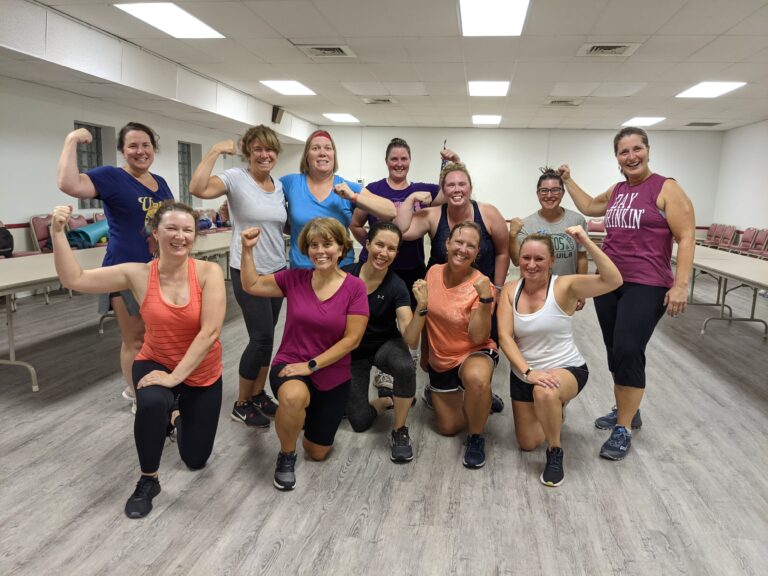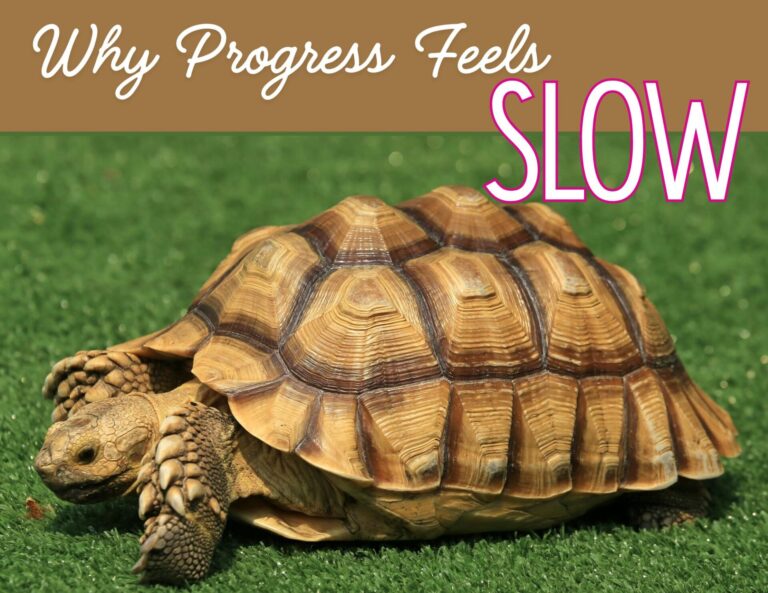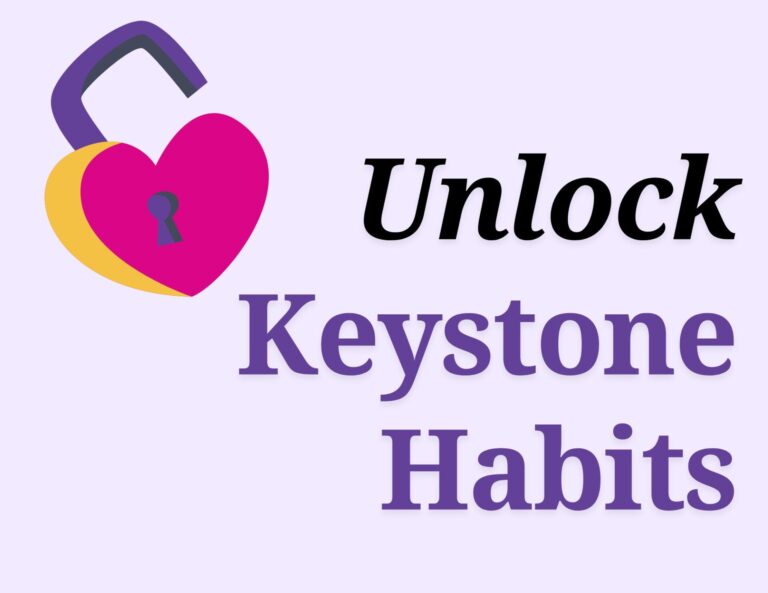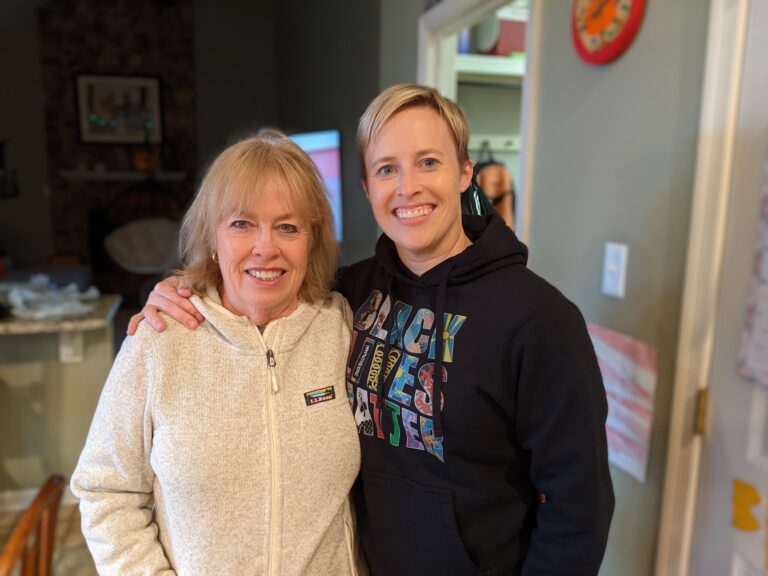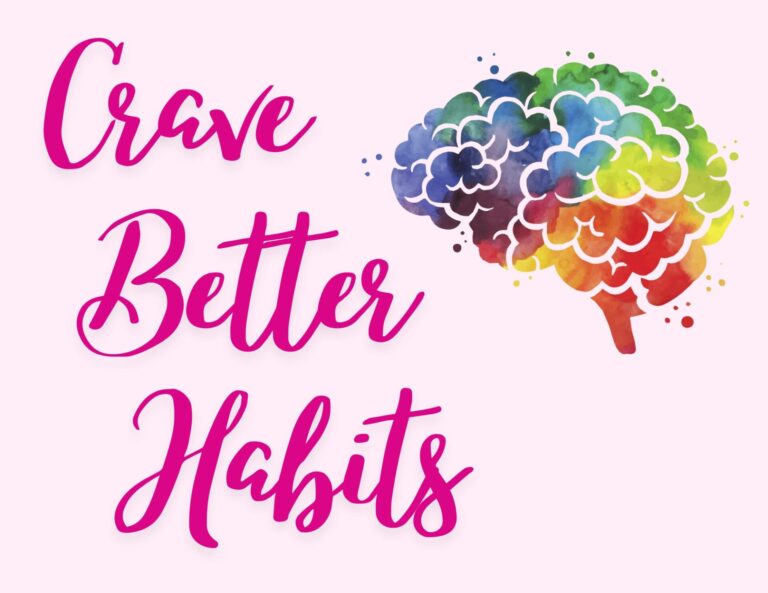This post may contain affiliate links. Read the full disclosure here.
Design Your Habit Space: How Your Environment Shapes Your Habits
When most people think about building better habits, they imagine needing more willpower. But here’s the truth: willpower is overrated.
Researchers have found that people who appear to have strong self-control don’t actually “resist temptation” more often — instead, they spend less time in tempting situations.
Why? Because they’ve designed their environments to work for them, not against them.
That’s what this blog post is about: creating a space that makes good habits easy and bad habits difficult.
🪴 Why Environment Matters
Your brain is constantly scanning your surroundings for cues. If the cookie jar is on the counter, you’ll think of cookies every time you pass by. If your sneakers are visible by the door, you’re reminded to go for a walk.
Behavioral scientist B.J. Fogg put it simply: “Design beats discipline.” Instead of relying on motivation, tweak your environment so that the “default” choices are the healthy ones.
Example: Think about brushing your teeth. You don’t rely on motivation each night to remember — your toothbrush is right there by the sink. That’s habit-friendly design in action.
🛠 Practical Ways to Design Your Habit Space
1. Make good habits obvious ✅
- Want to stay hydrated? Keep a water bottle on your desk.
- Want to practice gratitude? Leave a journal by your bedside.
2. Add friction to bad habits 😖
- Trying to cut back on late-night scrolling? Charge your phone in another room before bed.
- Want to snack less? Keep treats on a high shelf or out of the house entirely.
3. Create “zones” for habits 🥅
Your brain associates spaces with behaviors. Leverage that:
- A yoga mat always unrolled = movement zone
- A clean desk = focus zone
- A comfy chair with a blanket = reading nook
4. Reduce decision fatigue 🤔
Many habits fail because there are too many little choices leading up to them. Lay out workout clothes the night before, prep healthy lunches in advance, or batch your to-do list. Fewer choices = more follow-through.
5. Start small, but be intentional 🔻
You don’t have to redesign your entire house overnight. Begin with just one corner, drawer, or routine. Over time, your environment will transform into one that reflects your healthiest self.
📲 Don’t Forget Your Digital Space
Your digital environment is just as important as your physical one. Curate it to support your goals:
- Unfollow accounts that drain your energy or tempt bad habits.
- Organize apps so that productive ones are easy to access, while time-wasters are hidden or deleted.
- Set up website blockers if you’re prone to endless scrolling.
Even subtle changes — like turning off push notifications — free up mental energy for habits that matter.
💡 Bottom Line
You don’t need to “fight” your habits with more discipline. Instead, set yourself up for success by designing the spaces around you. Make good habits obvious, bad habits inconvenient, and create zones that nudge you toward the lifestyle you want. When your environment supports your goals, staying consistent feels almost effortless.
💗 Join StrongHER Together
Ready for deeper support? StrongHER Together is my private community for women navigating perimenopause and menopause — a space for connection, expert coaching, wellness challenges, and real talk. Whether you’re seeking clarity, confidence, or just a circle of women who get it, you’ll find it here.
📬 Get Your FREE Habit Tracker
Want to take charge of your habits? Sign up for my mailing list and get a FREE monthly habit tracker PDF delivered to your inbox every month. It’s the perfect tool to record your progress, celebrate your wins, and stay on track!

